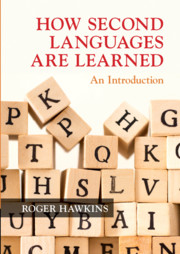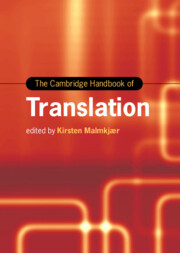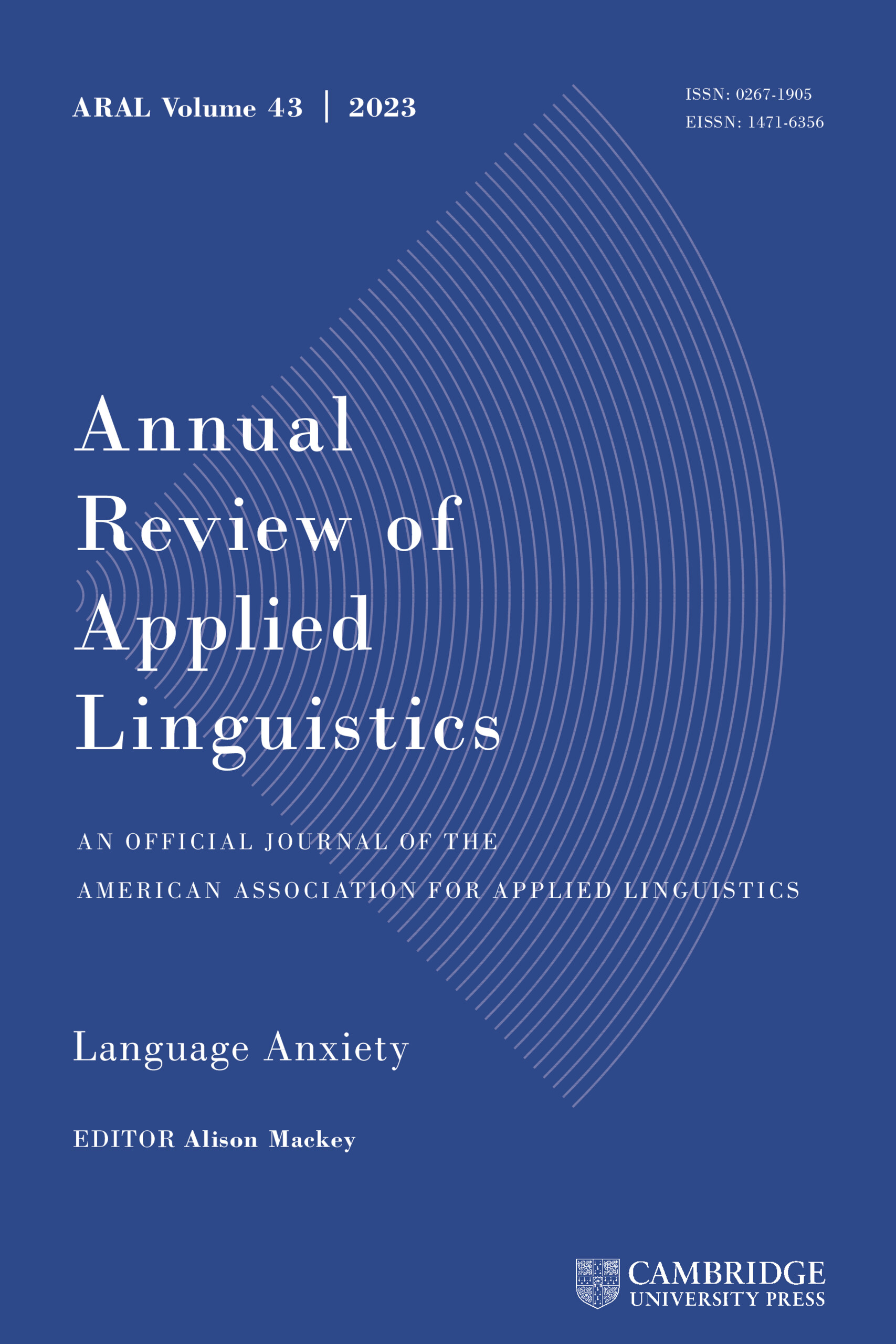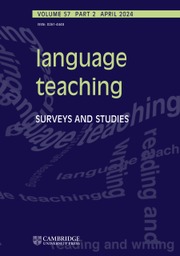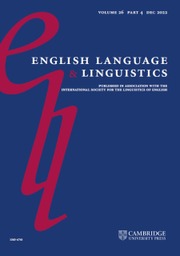How Second Languages are Learned
A comprehensive introduction to how people learn second languages (L2s), this textbook approaches the topic through five problems the L2 learner has to solve: 'breaking into' the L2; associating forms with meanings; learning sentence structure; learning phrasal and sentential meaning; and learning the use of the L2 in context. These problems are linked throughout to the L2 acquisition of lexis, morphology, syntax, semantics, phonetics/phonology and language-use in a reader-friendly way, using key studies to build a comprehensive picture of how L2s are learned. 'In a nutshell' summaries of chapter sections provide helpful signposts to the developing argument, whilst end-of-chapter activities encourage the reader to reflect on the ideas presented, analyse data and think creatively about the problems encountered. The roles of innate knowledge, input, and the age at which learning starts are also considered. This essential textbook will enable students to think objectively about language, and will be an asset to any introductory course on second language acquisition.
- Provides teachers with a ready-made set of discussion topics that encourage students to generate their own ideas
- Includes 'in a nutshell' summaries of chapter sections which enable students to prepare material for essay assignments or revise for exams
- This book is reader-friendly and it encourages students to engage with the primary research literature with confidence
Reviews & endorsements
'This book provides a very clear and accessible introduction to second language acquisition viewed from a linguistic perspective. Readers will come away with an excellent grasp of the central issues that have dominated the field, including the task facing learners and the linguistic properties that must be acquired. The effects of age, input, and the mother tongue are carefully assessed, as well as theories and debates about the nature of second language acquisition. Highly recommended as an introductory textbook for non-specialists and would-be specialists alike.' Lydia White, McGill University, Montreal
Product details
November 2018Paperback
9781108468435
346 pages
245 × 173 × 16 mm
0.7kg
8 b/w illus.
Available
Table of Contents
- List of figures
- List of tables
- Preface
- Acknowledgements
- 1. Second language learning: the nature of the task
- 2. How words and their parts are learned
- 3. Exploring the L2 learning of English verb forms
- 4. How sentence structure is learned
- 5. Second language learning and universal grammar
- 6. How phrasal and sentential meaning are learned
- 7. How sound systems are learned
- 8. Real-time and contextual use of language by second language speakers
- 9. The role of input in second language learning
- 10. The effect of starting age on learning second languages
- 11. Pulling the threads together – a theory of how second languages are learned?
- Glossary
- References
- Index.

